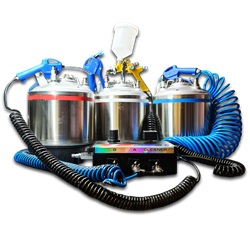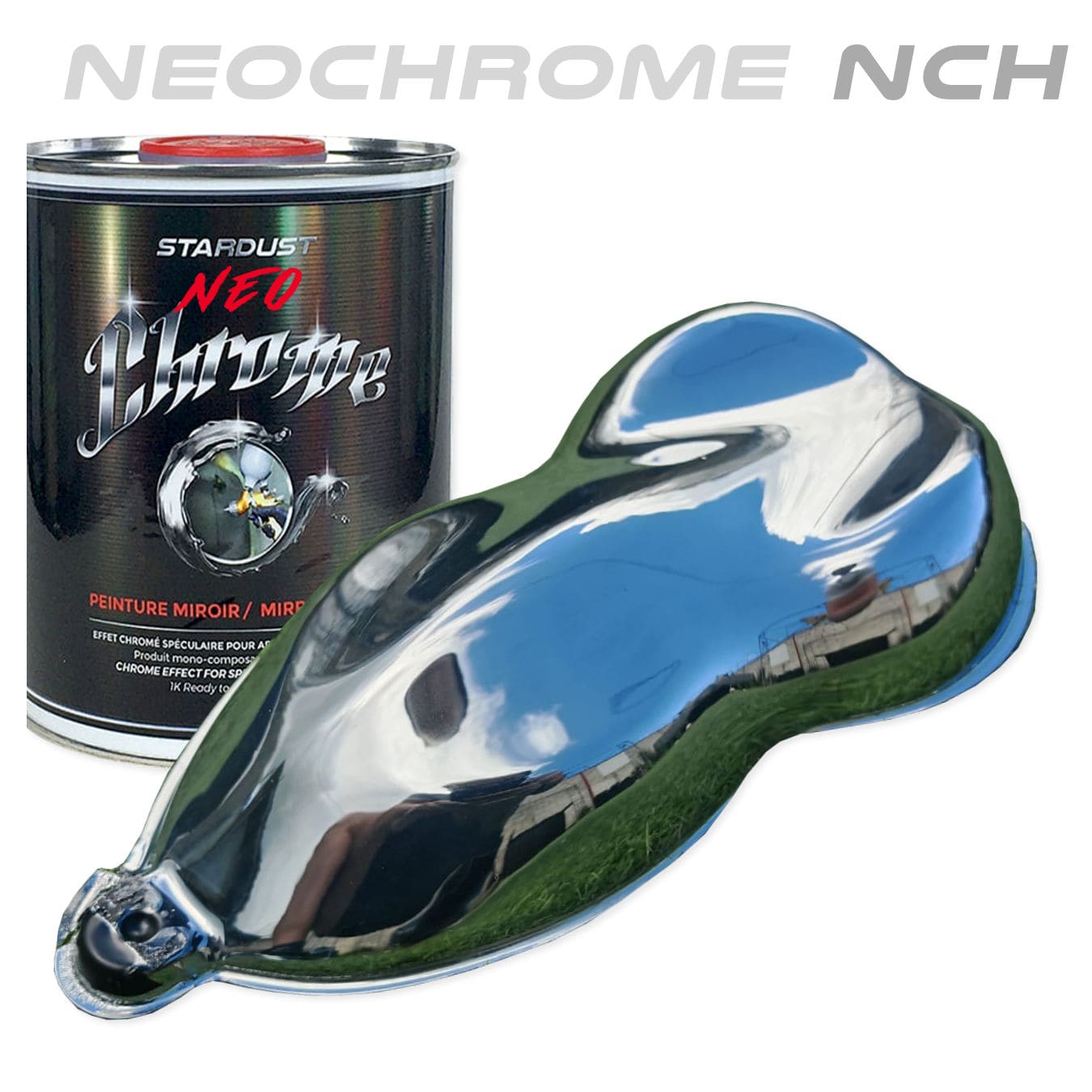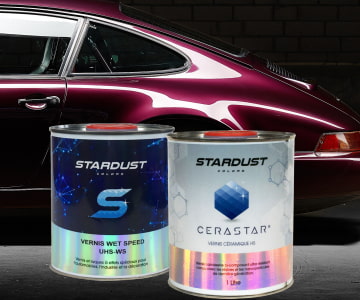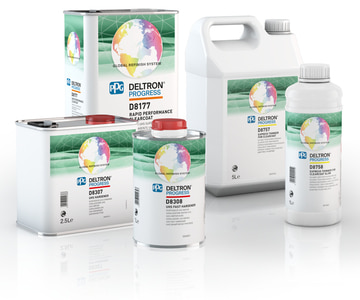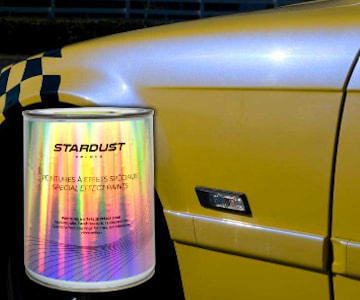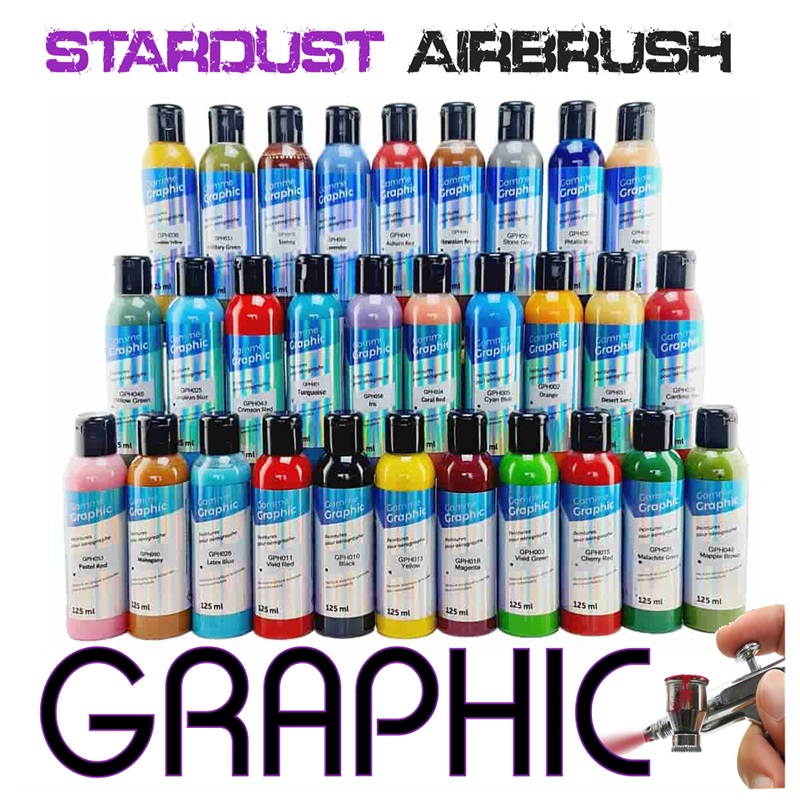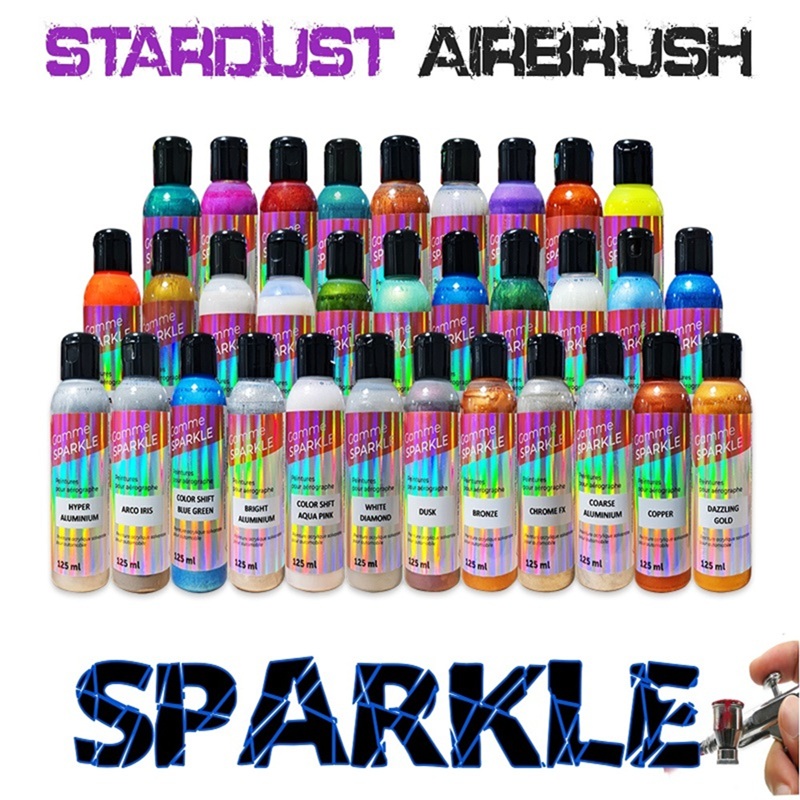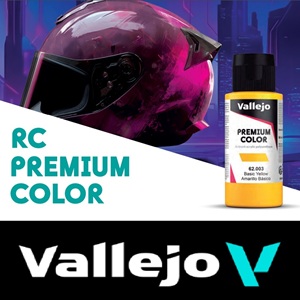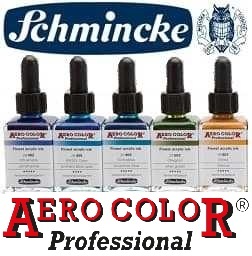All Products are in stock
and shipped from France.
Delivery within 48 hours.
and shipped from France.
Delivery within 48 hours.
Our categories
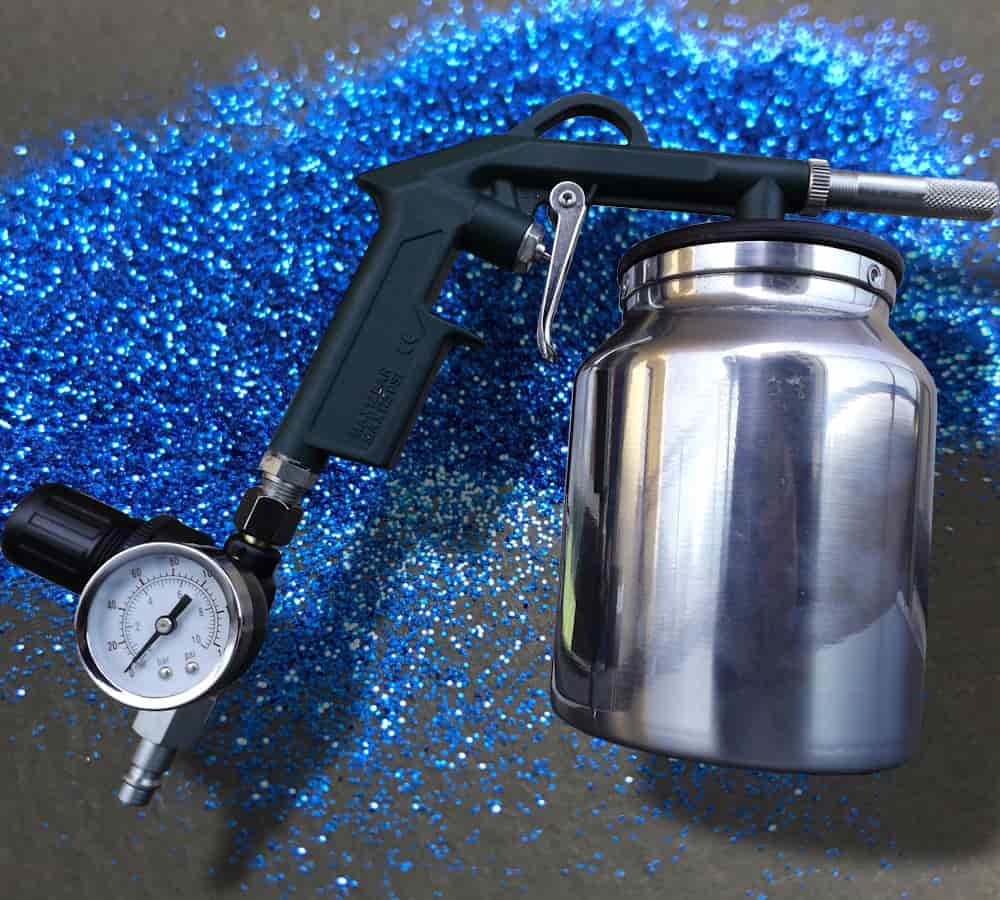 What are other ways to apply paint ?
What are other ways to apply paint ?
The world of car customization leaves room for limitless creativity with the most diverse methods of applying paint for cars, motorcycles and bicycles : often these techniques have been borrowed from completely different fields.
Any examples ? Did you know that the Candy technique was invented by chance in the United States when a motorcycle painter and decorator had the idea of using inks usually used in the printing industry, but this time on a motorcycle body.
In the same way, we can see that the "Kustom" painters do not respect any rules and borrow all the techniques likely to be interesting on a visual and lasting level during an outdoor exhibition : this is the case with the technique of gold leaf, which has become classic today in the world of motorcycling and which originally comes from this decorative process used for sculptures and religious works.
Examples of this type are numerous and one of the most famous is the hydrographic transfer process.
Whether you use a sponge or horsehair, or any original tool or material, you can bring an innovation to the extraordinarily creative domain that is Custom paint. In this article, we will briefly review some of the most well-known methods.
Other paint application methods
There are quite impressive visual effects, which is all about creating a sense of depth. Everything is good when it comes to getting out of the ordinary and being innovative, in the practice of painting on motorcycles, bicycles, cars, helmets.
The marbled painting technique, for example, uses cellophane plastic film to grind and give a unique character to the painting.
We are not talking about the “crystal” effect painting technique which will still a little further in the oddity, far from the rules of the art of classic and boring painting on a bodywork. If one goes into the practice of airbrushing, the level of inventiveness increases tenfold and it would be necessary to devote a whole chapter to the various tricks and secret techniques to use an airbrush with different materials or stencils, but also to create effects interesting and surprising. This is for example the case with the imitation of animal fur with stencils made with combs. As for the real flame limitations, have you ever seen how this extraordinary effect is achieved, with oddly shaped stencils at first, and then using transparent inks ? utterly exciting, not just because of the exceptional colors and pigments, but also because there are no boundaries or limits to our creativity. It is true that on supports such as quads, motorcycles or helmets, you can afford maximum freedom.
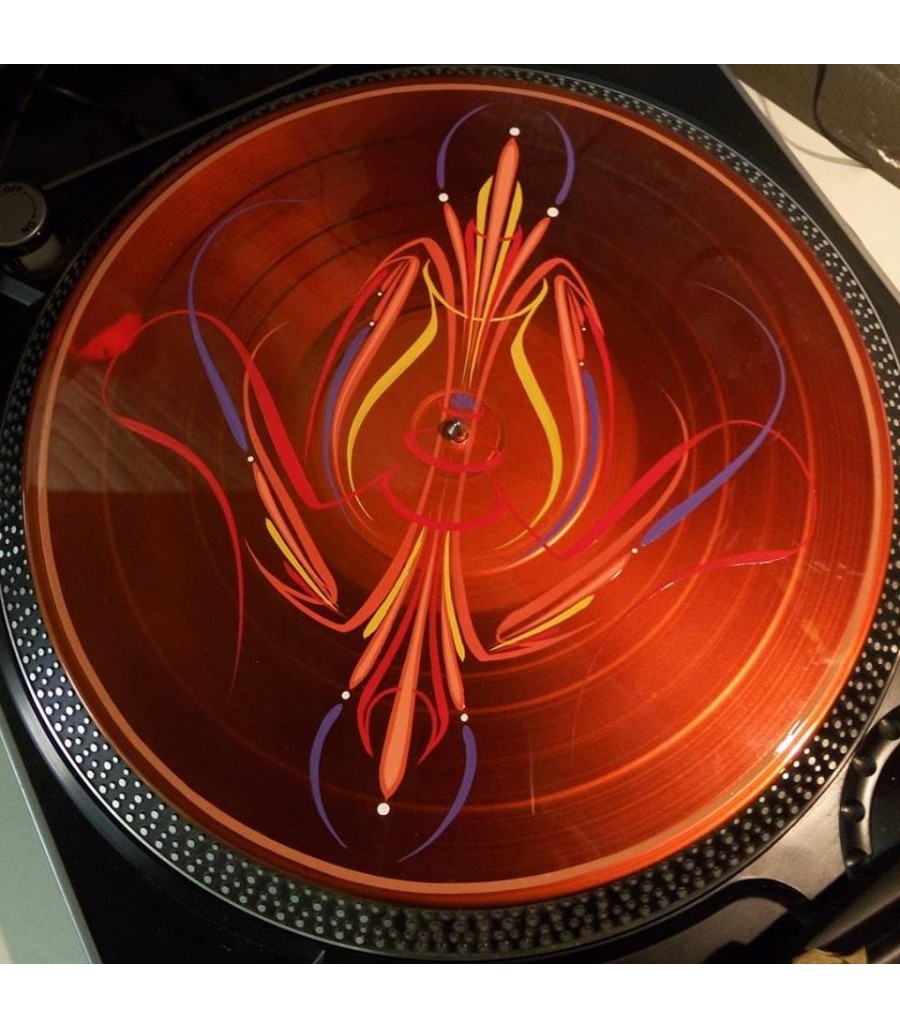 Pinstriping brushes
Pinstriping brushes
One of the emblematic arts of the "kustom culture" is the use of pinstriping brushes, with glossy and ready-to-use lacquers, To create linear decorations. It is a practice that requires great dexterity and a certain level of practice, since it consists of drawing parallel lines and curves. It is a kind of geometric art, invented by Californian artists in the 1960s to decorate cars.
The art of Pinstriping has become considerably more complex and developed thanks to the limitless creativity of painters passionate about their art and always competing with each other to stand out and produce the best decorations.
Painting with flakebuster
Here's a trick that would gladly occupy the first place in a plastic arts manual : here again, some painters have invented a way of painting with a flakebuster, a tool that exists under the name of a sandblasting gun, but whose the use has been diverted to produce an original and exotic technique, which nevertheless remains extremely effective.
It is true that this application technique which consists of sticking glitter on a sticky surface already existed among the glitter decoration manufacturers.
It is perhaps by copying or by inventing it, that painters and decorators on motorcycles invented the projection of glitter with a special gun on a sticky clearcoat, that is to say a varnish of body. You have to see this process on video to realize its effectiveness.
Application of hydro-dipping
Here is an industrial support decoration technique that is similar to printing. With the application of hydro-dipping, there is no need for a printer : we use a tray filled with water, the surface of which will become the printer, because we will deposit a film of 'ink, which can take on the appearance of any decoration, such as a limitation of wood or marble, or a more complex decoration.
This ink film will become soluble with the activation made with a sprayed product and will make it possible to coat all the shapes of the surface of the part that will be dipped. These decorated films are obtained by printing on rolls intended for large series, since their size measures no less than 50 m or 100 m in length by a width of 50 cm or 100 cm.
The supply of compressed air for the application of the paint
Spraying with an airbrush, spray gun, aerosol and chrome plating
The painter's equipment and installations
